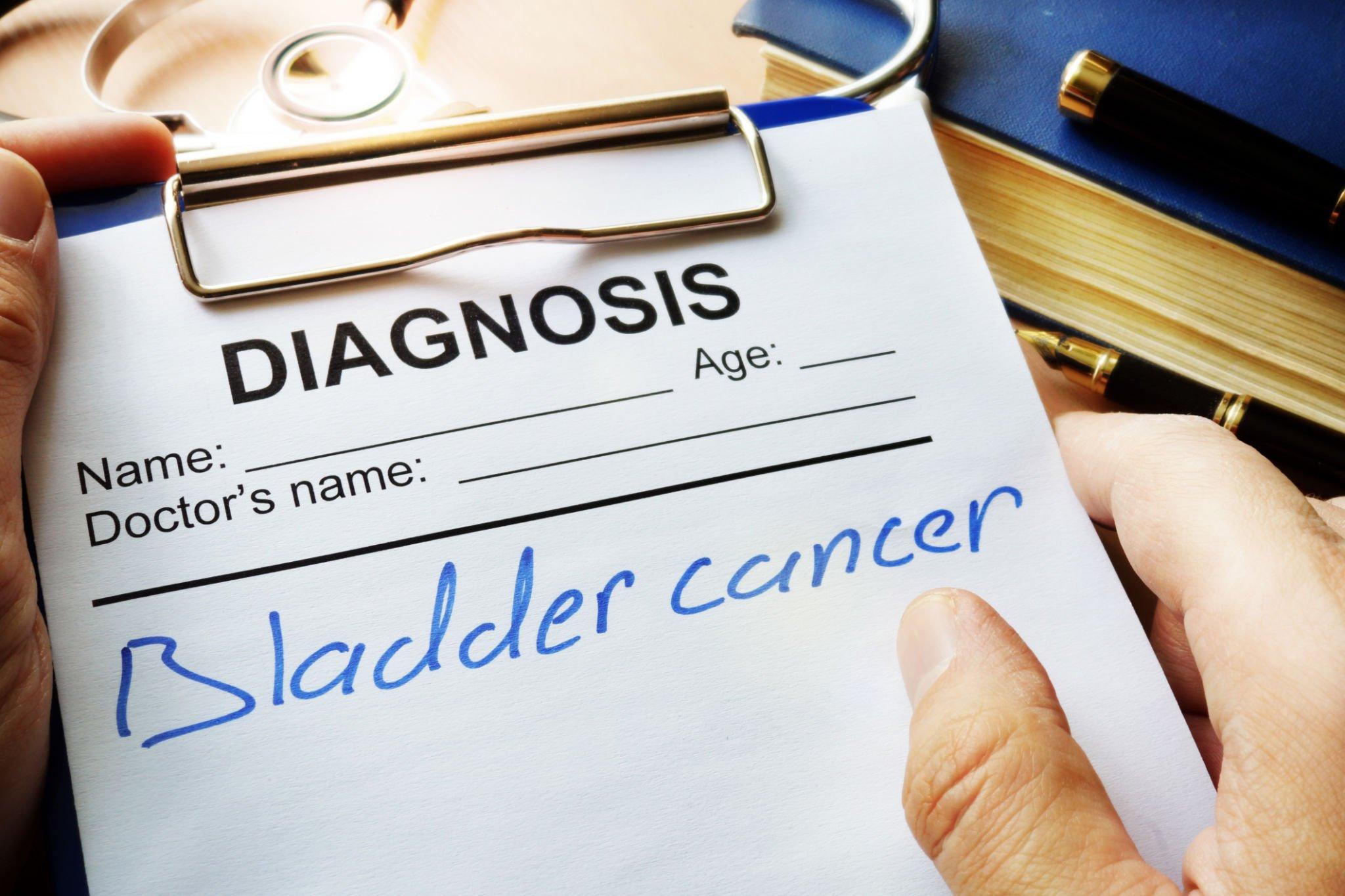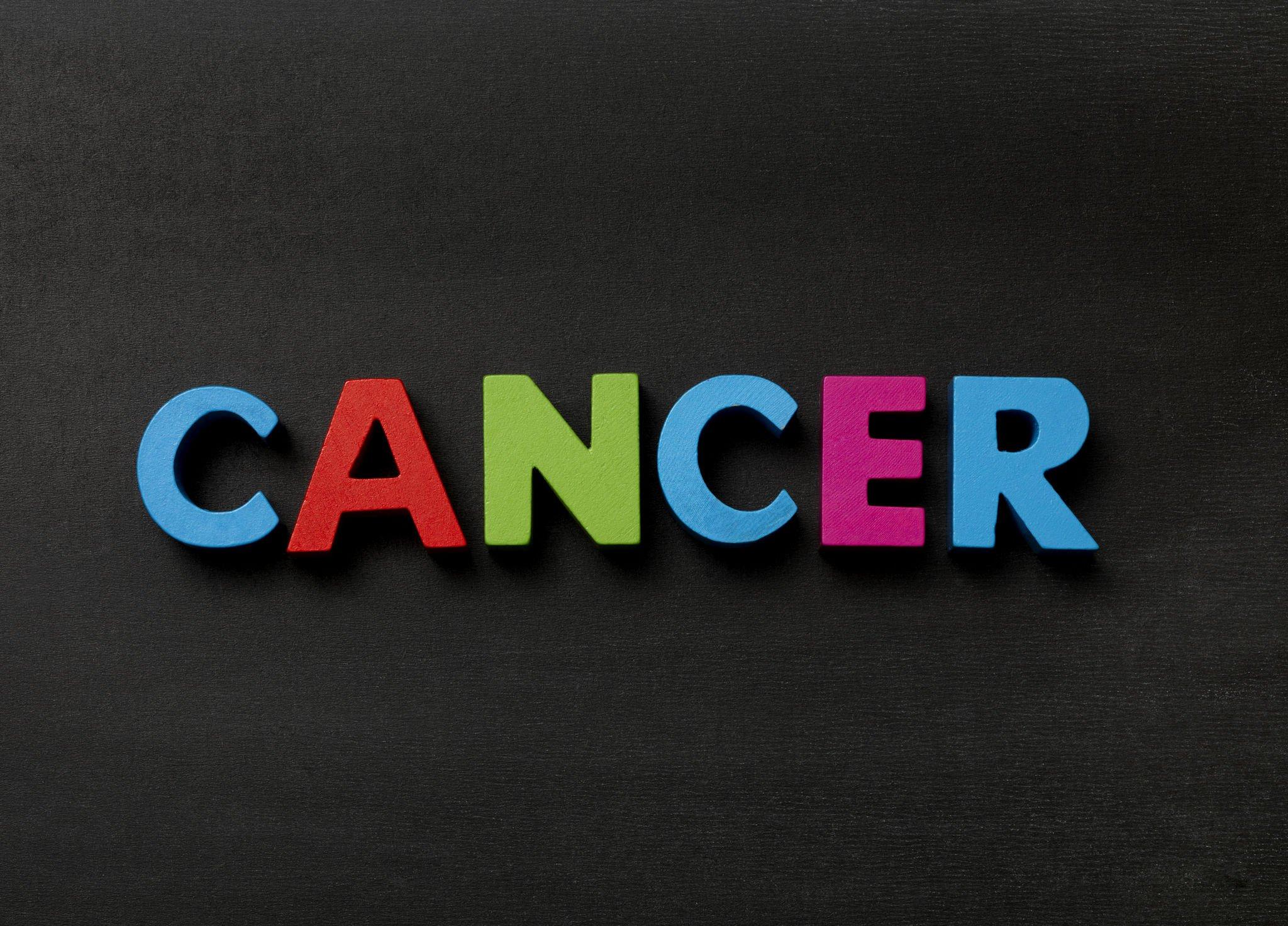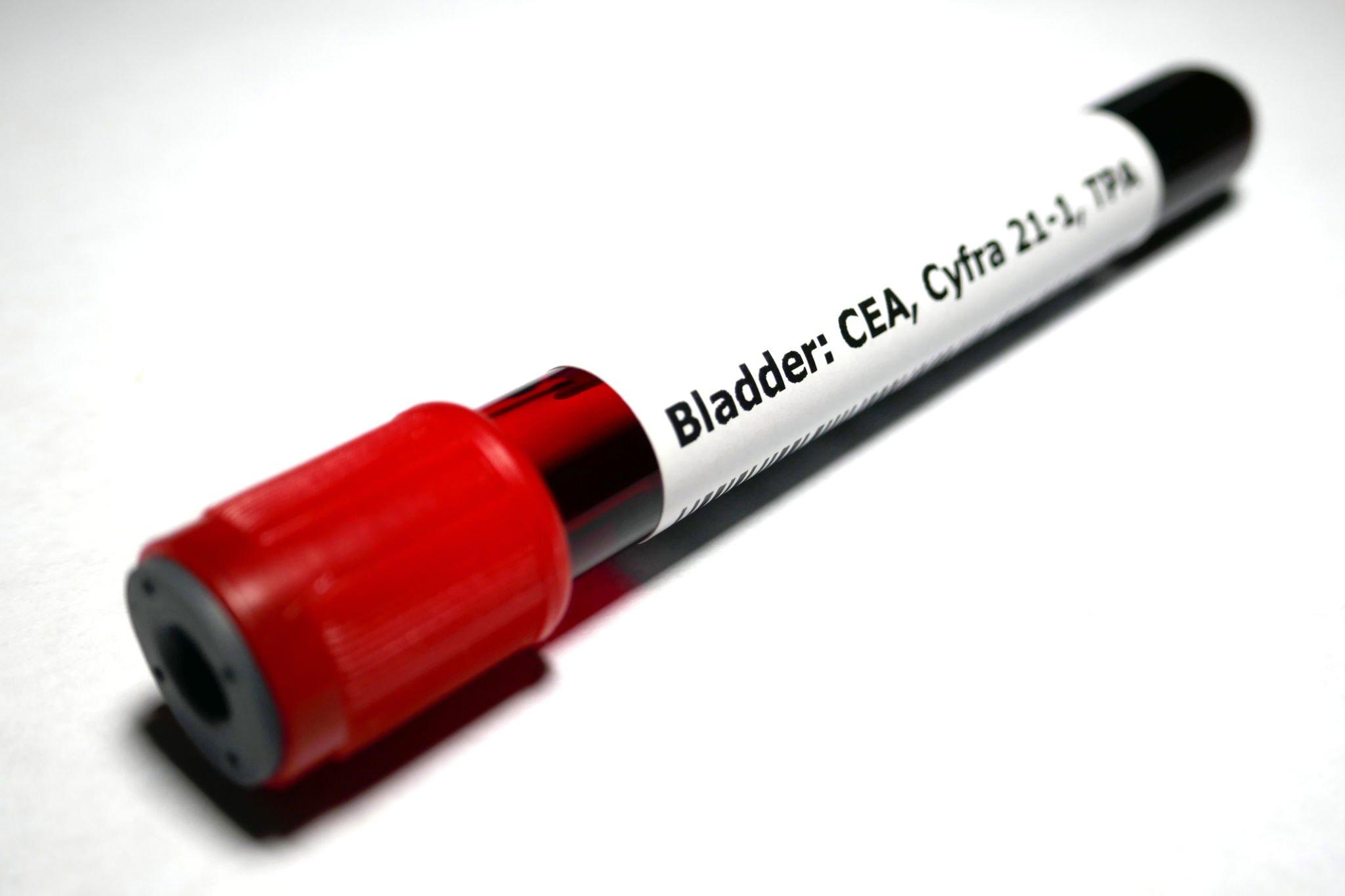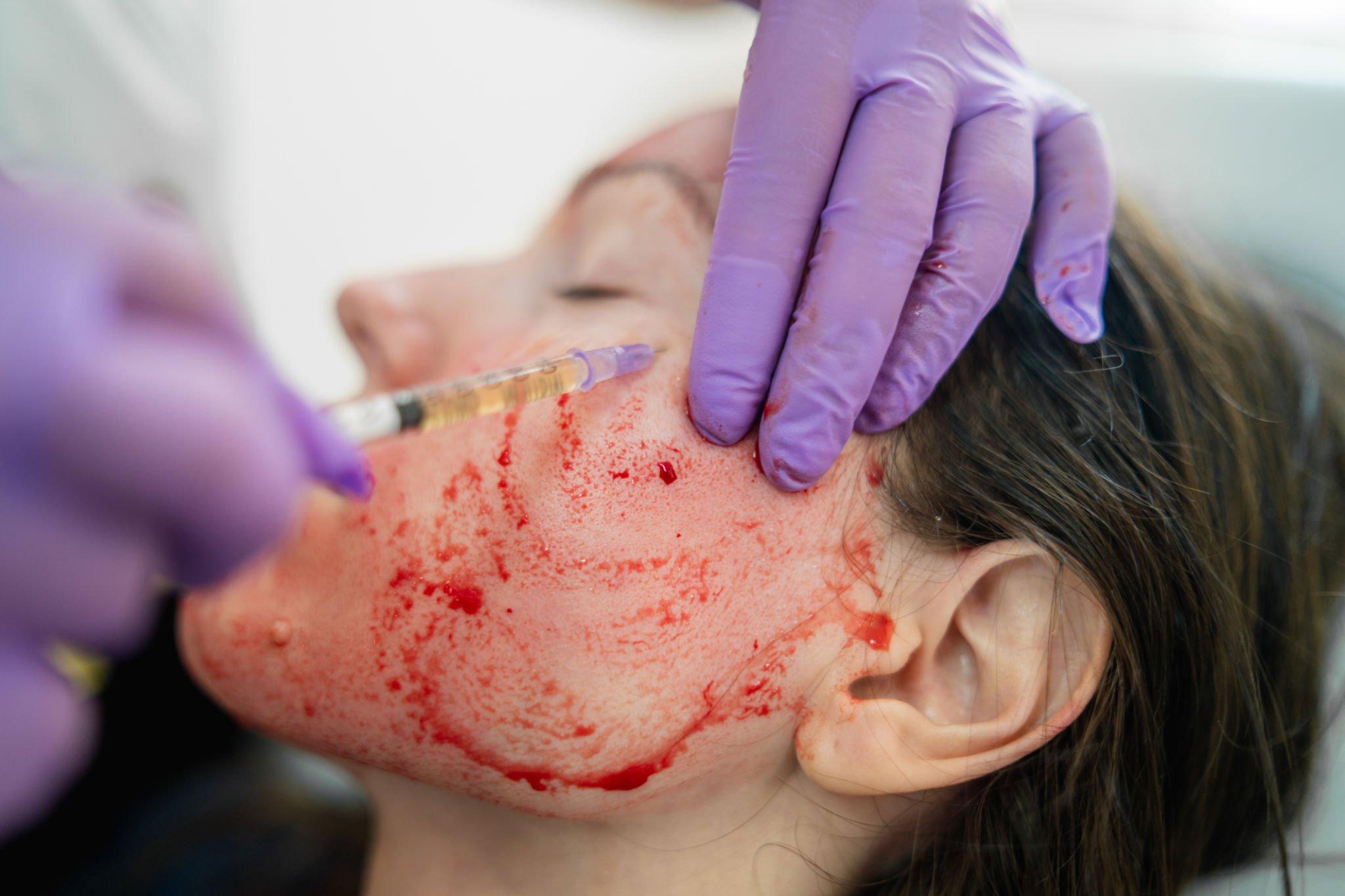A cancer diagnosis is the last thing any of us wants. Unfortunately, things don’t always go our way, and finding out that you have bladder cancer can be quite devastating.

Even though there’s no denying that your life won’t be the same again after such a diagnosis, information is power, and learning all you can about bladder cancer is the first step to conquering the condition.
It is for this reason that we outlined the ins and outs of this type of cancer to help you inch closer to a longer, healthier and cancer-free life.
What is bladder cancer?
Just as the name suggests, this is cancer that affects your bladder. You get diagnosed with bladder cancer when some of its cells become abnormal and start to grow and spread uncontrollably, forming a tumour in the end.
If nothing is done, these cancerous cells begin to spread to the nearby cells and still if not detected; they quickly spread to organs such as the liver.
Prevalence and survival rate
The good news however that is it is quite a rare form of cancer, accounting for only 5% of the total cancers in the United States.
It also has a high survival rate, with 7 out of 10 people who are diagnosed with the condition surviving for more than five years after diagnosis.
This means, that if detected early, you or your loved one diagnosed with the disease can hope for tomorrow as the chances of survival are quite high.
Nonetheless, the only way to conquer it is by being well-informed. Knowing the risk factors, the symptoms and the bladder cancer treatment options available is a good start.
Bladder cancer causes
Even though doctors and scientists are yet to know its primary cause, the following are some of the risk factors
- Chronic bladder inflammation
If you suffer from recurrent bladder infections or any other disease that causes bladder irritation, you are at a higher risk of getting this cancer.
- Genetic composition, race, gender, age and family history
Even though it is yet to be known why bladder cancer is often more common among men over the age of 55 than women. It is also more prevalent among white men than people of colour.
Additionally, you are at a higher risk of getting it if an immediate member of your family has had it, for instance, your parents.
- Your lifestyle choices
The lifestyle you lead can also put you at risk of bladder cancer. For instance, smoking has been termed as one of the leading causes of bladder cancer, accounting for approximately 50% of the total bladder cancer diagnosis.
Other risk factors

- Prolonged Exposure to radical elements while at work
- Previous chemo or radiotherapy treatments
- Diabetes prescriptions
Symptoms
- Blood in urine
- Frequent urination
- Lower back pain on one side of the body
- More than normal urges to urinate at night
- Pain or burning sensation while urinating
- Urge to urinate but not being able to pass urine
Treatment options
The treatment options available often depend on the rate of growth of the cancerous cells as well as how far they have spread as shown below
Non-muscle invasive bladder cancer
In non-muscle invasive bladder cancer, the cancerous cells are yet to spread into the deeper layers of the bladder wall and are only available in its inner lining.
In this case, your treatment options are:
- Transurethral resection surgery is commonly known as TURBT through which the tumour is removed through the urethra.
- This treatment option involves no surgery. If anything, it revolves around your immune system as you are given a vaccine that encourages your immune system to fight and destroy cancerous cells.
- Intravesical chemo. This form of chemo is especially suited for non-muscle invasive bladder cancer as it targets the cancerous cells inside the bladder’s lining. The main aim is to prevent the recurrence of cancer in the bladder.
Muscle-invasive bladder cancer
When you are diagnosed with muscle-invasive bladder cancer, it means that the cancerous cells have spread to the muscles or inner layers of the bladder.
The most common treatment options include:
- Surgery
During this the whole bladder and the affected organs around it, for instance, lymph nodes are removed. This type of surgery is known as a radical cystectomy.
In other cases, only the tumour and a section of the healthy tissues around it will be removed. This type of surgery is known as a partial cystectomy.
Other treatment options for muscle-invasive bladder cancer include
- Systemic chemotherapy
- Radiation therapy
- Immunotherapy
- Palliative treatment

Final thoughts
It is vital to note that being diagnosed with bladder cancer is not the end of the road for you. With a survival rate of 77% in five years, you have a high chance of recovering and enjoying life again.



